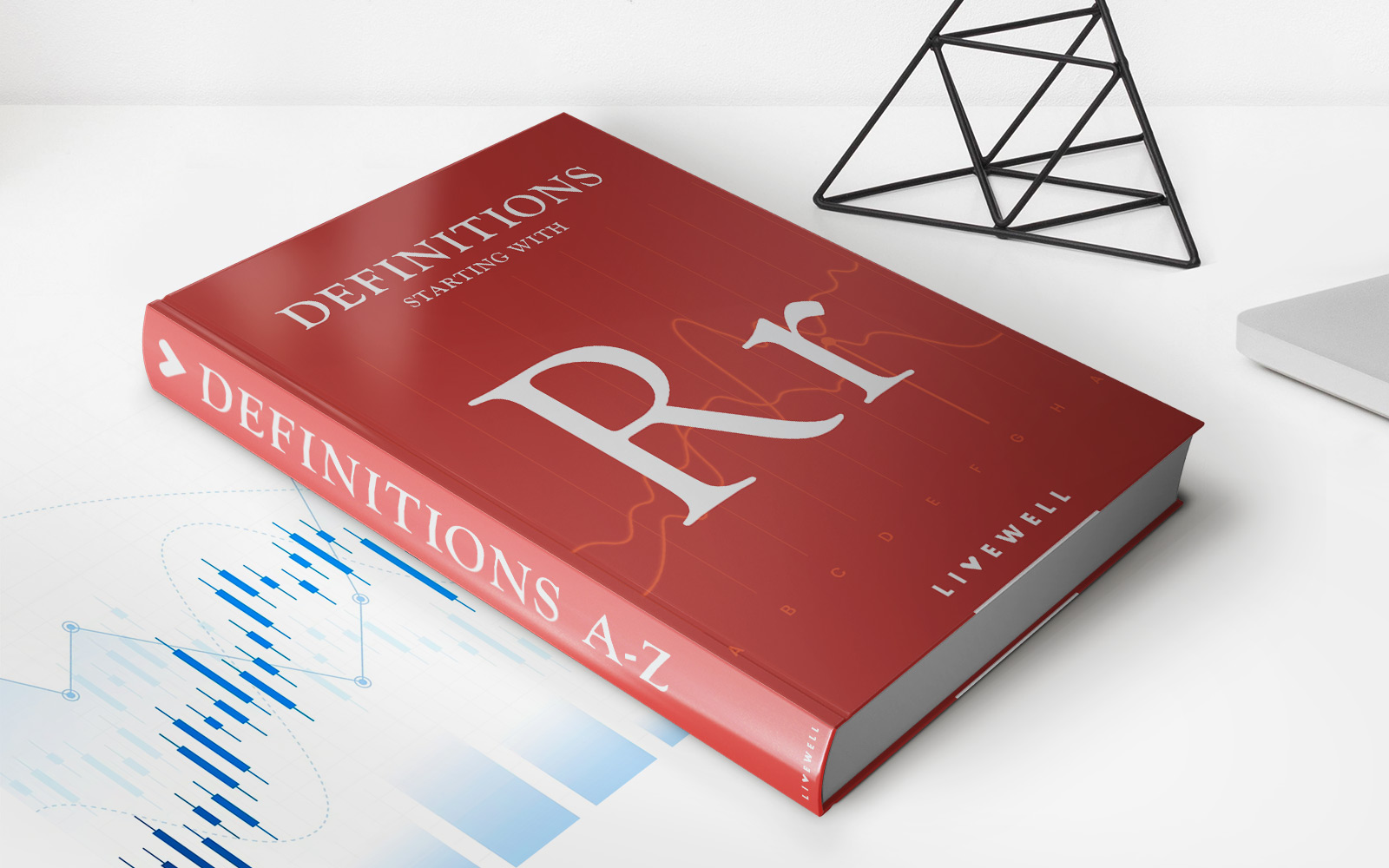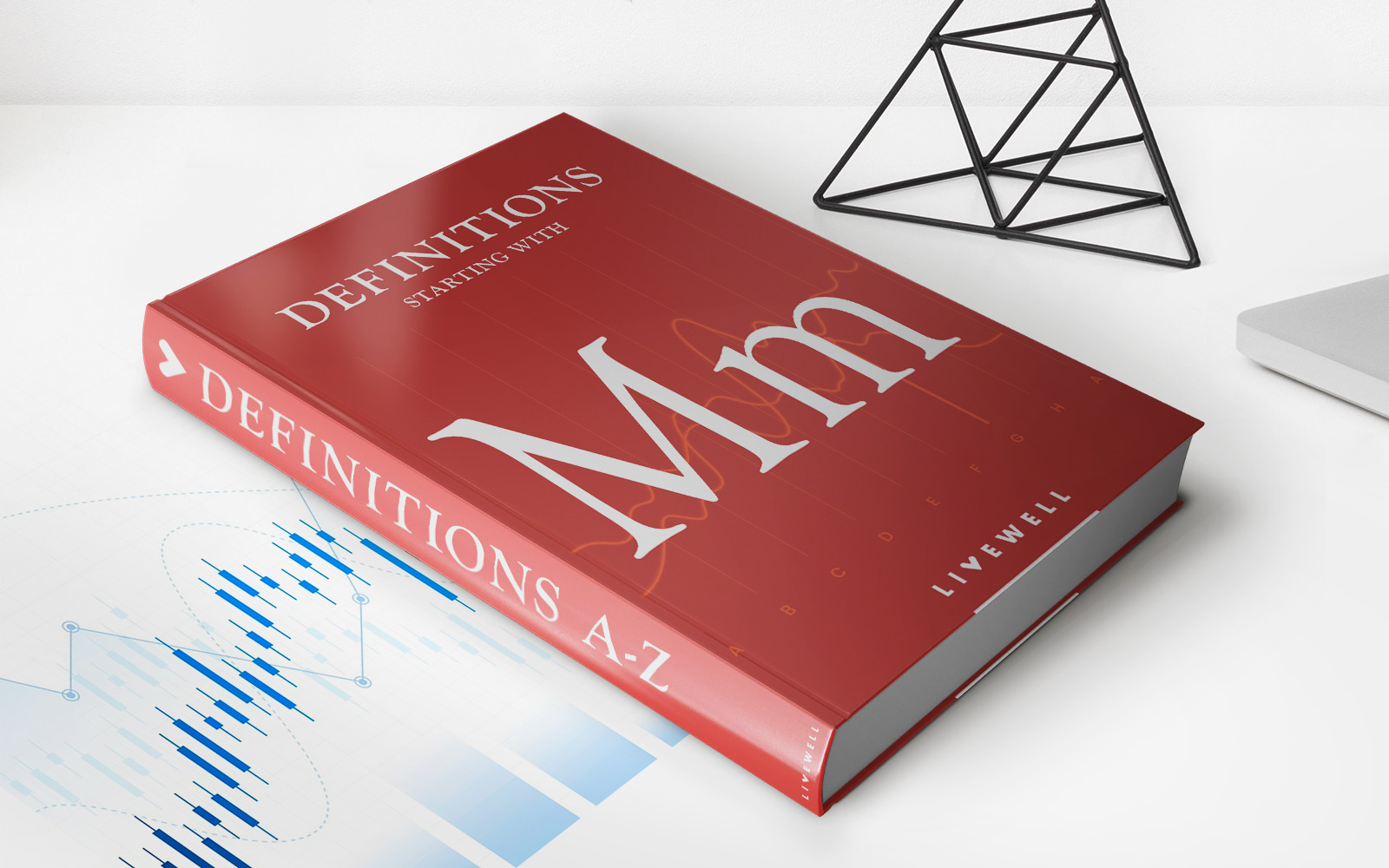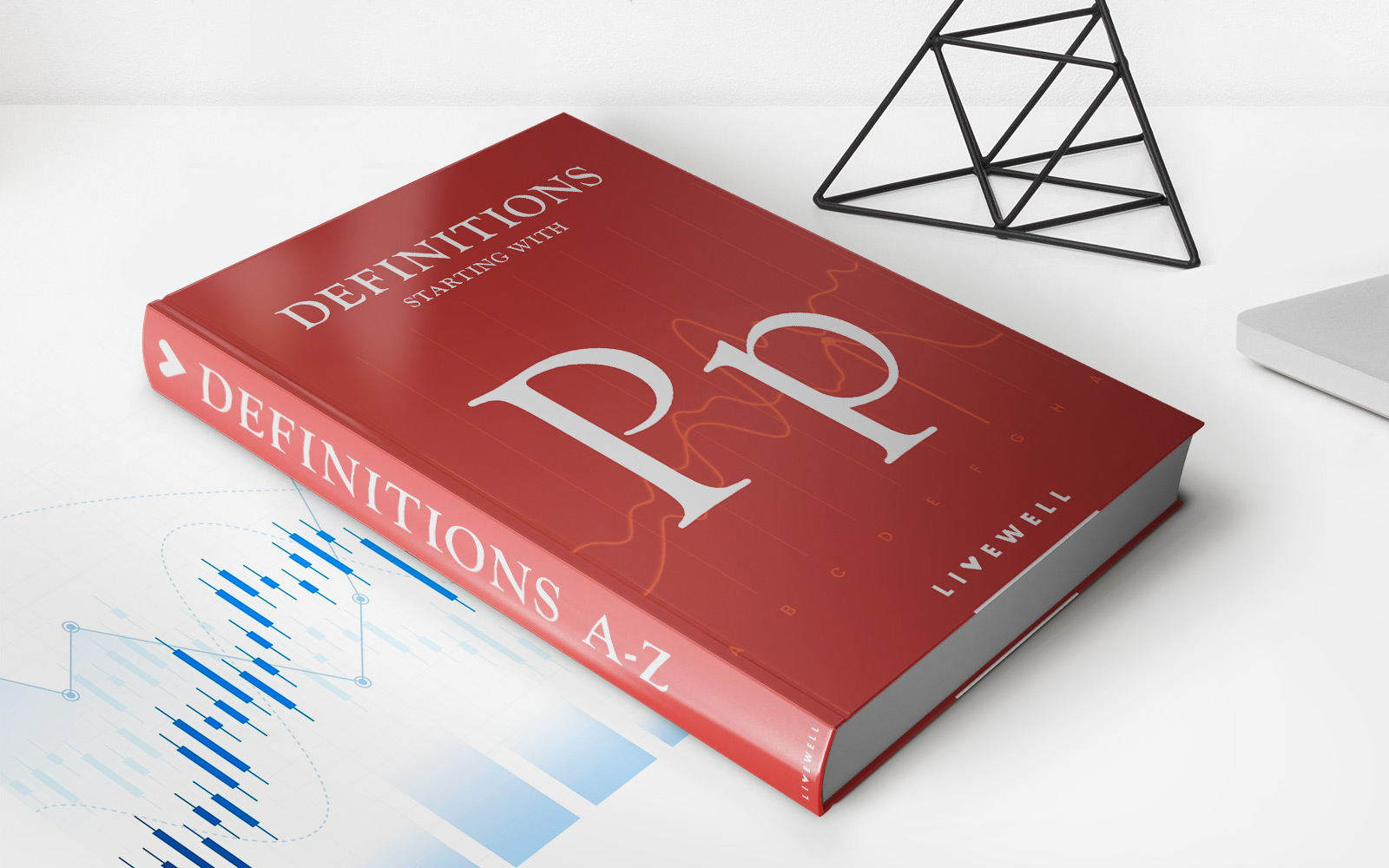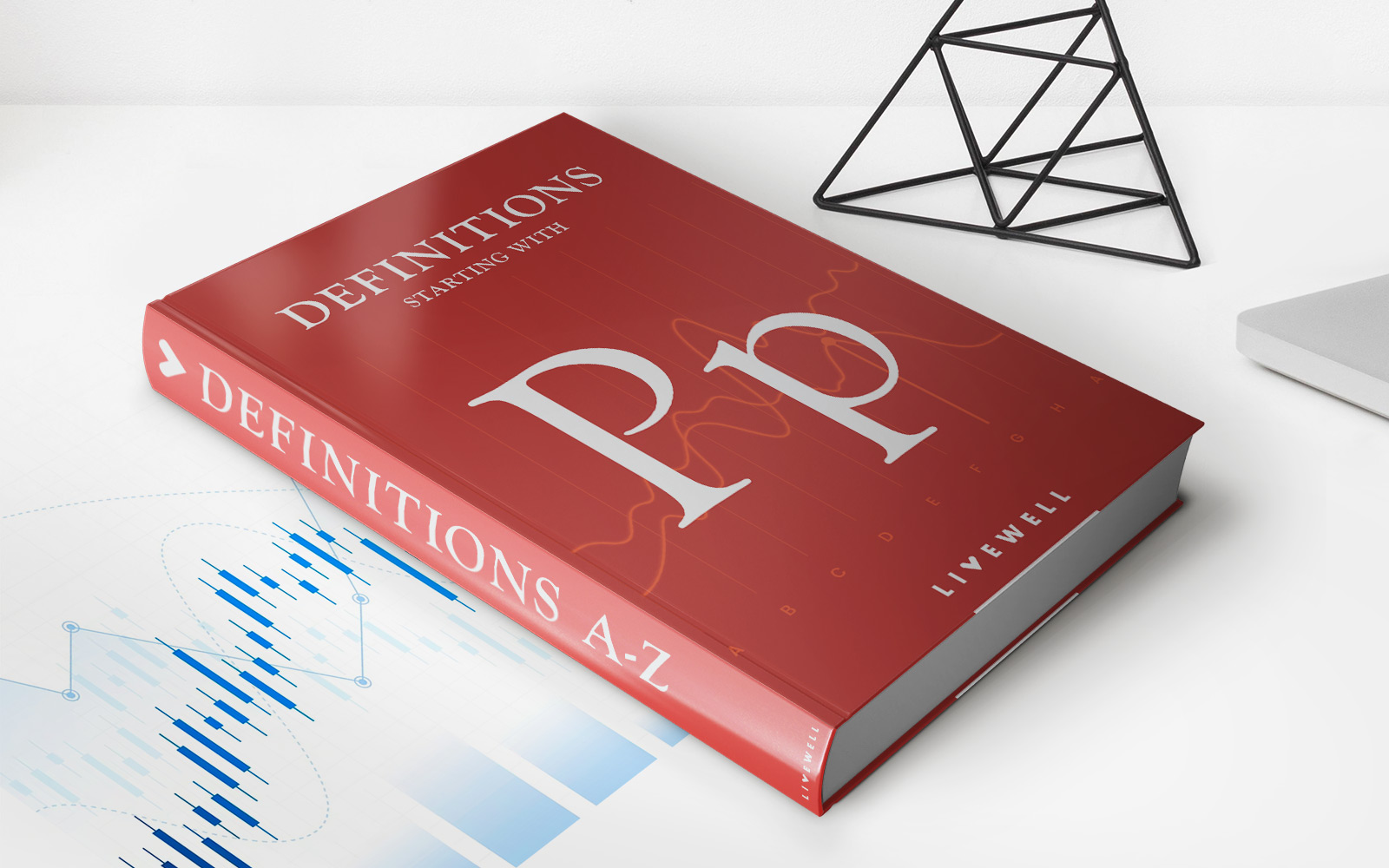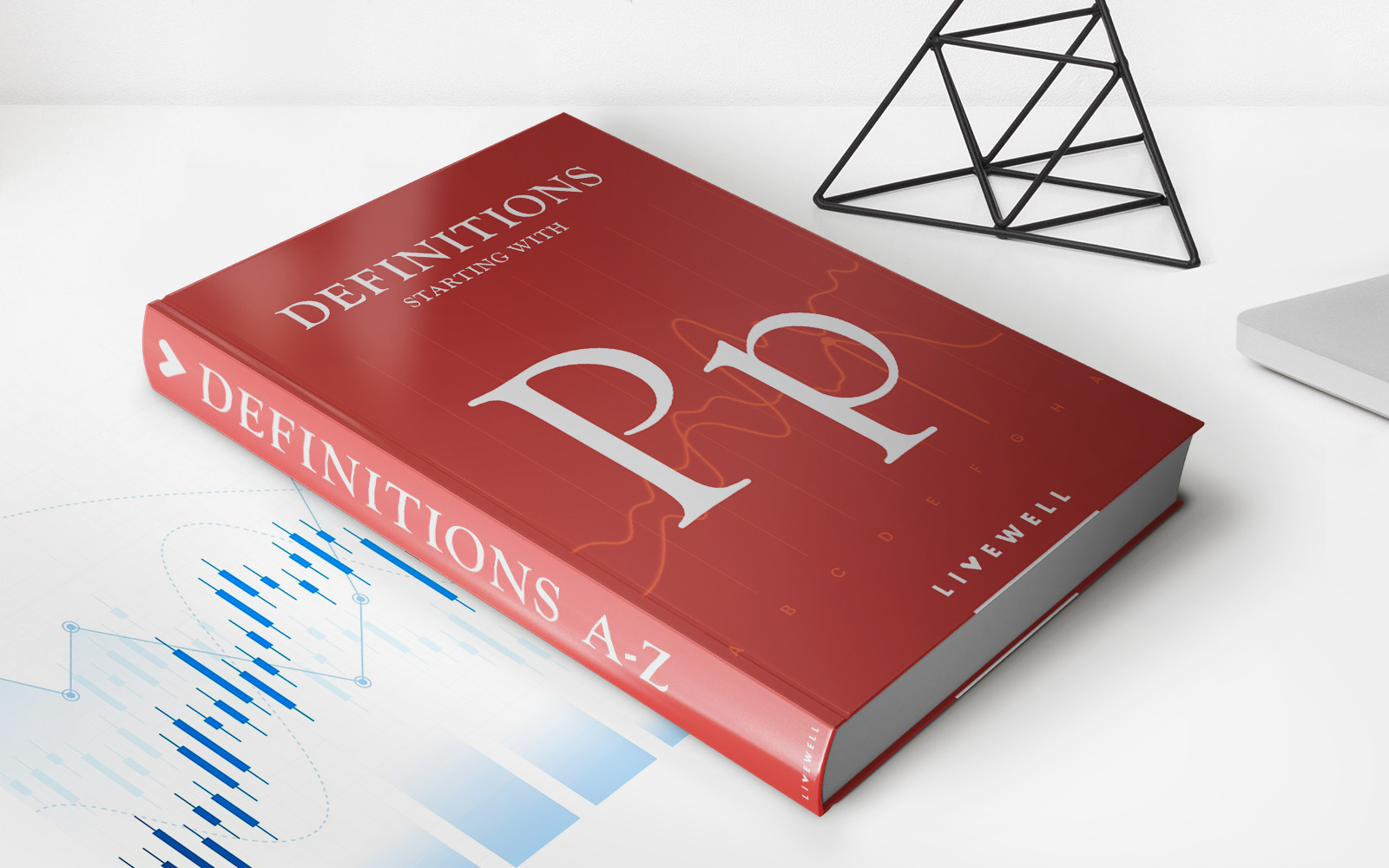

Finance
Conversion Parity Price Definition
Published: November 2, 2023
Learn the definition of conversion parity price in finance. Discover how it impacts the valuation of currencies and its importance in international trade.
(Many of the links in this article redirect to a specific reviewed product. Your purchase of these products through affiliate links helps to generate commission for LiveWell, at no extra cost. Learn more)
The Conversion Parity Price – Unlocking the Secrets to Financial Success
Welcome to the “Finance” category on our blog, where we dive deep into all things related to personal finance, investments, and financial planning. Today, we will be exploring the intriguing concept of Conversion Parity Price (CPP) and how it can be a game-changer in your financial journey.
When it comes to investing, understanding the fundamental concepts and terms is vital. One such concept that every investor should be aware of is Conversion Parity Price. So, what exactly is CPP? In simple terms, CPP refers to the price at which a convertible security, such as a convertible bond or preferred stock, can be converted into its underlying common stock on a predetermined conversion ratio.
Key Takeaways:
- Conversion Parity Price (CPP) is the price at which a convertible security can be converted into its underlying common stock.
- CPP is determined by dividing the market price of the convertible security by its conversion ratio.
So, how can understanding CPP benefit you? Let’s explore a few key advantages:
1. Identifying Profit Opportunities:
By calculating the CPP, investors can compare it with the price of the underlying common stock. This allows them to identify potential profit opportunities, as the CPP acts as a benchmark for determining whether the security is trading above or below its conversion value. If the market price of the convertible security is below its CPP, it indicates a potential undervaluation of the security, presenting a favorable investment opportunity.
2. Evaluating Conversion Premium:
When investing in convertible securities, understanding the conversion premium is crucial. The conversion premium represents the additional price an investor is willing to pay for the convertible security over its conversion value. By analyzing the CPP, investors can assess whether the conversion premium being offered is reasonable and whether the investment aligns with their risk appetite and return expectations.
Unlocking the power of CPP requires a thorough understanding of conversion ratios, market conditions, and the factors influencing the prices of both the convertible security and the underlying common stock. However, by incorporating CPP analysis into your investment strategy, you can gain a competitive edge and make informed investment decisions.
In conclusion, Conversion Parity Price is a fundamental concept that every investor should be familiar with. By understanding CPP and utilizing it as a tool in your investment analysis, you can spot potential profit opportunities, evaluate conversion premiums, and enhance your overall financial success.
Stay tuned to our “Finance” category for more insights and tips on mastering the world of finance. Make sure to bookmark our page, as we’ll be covering a wide range of financial topics to help you on your journey to financial freedom.



